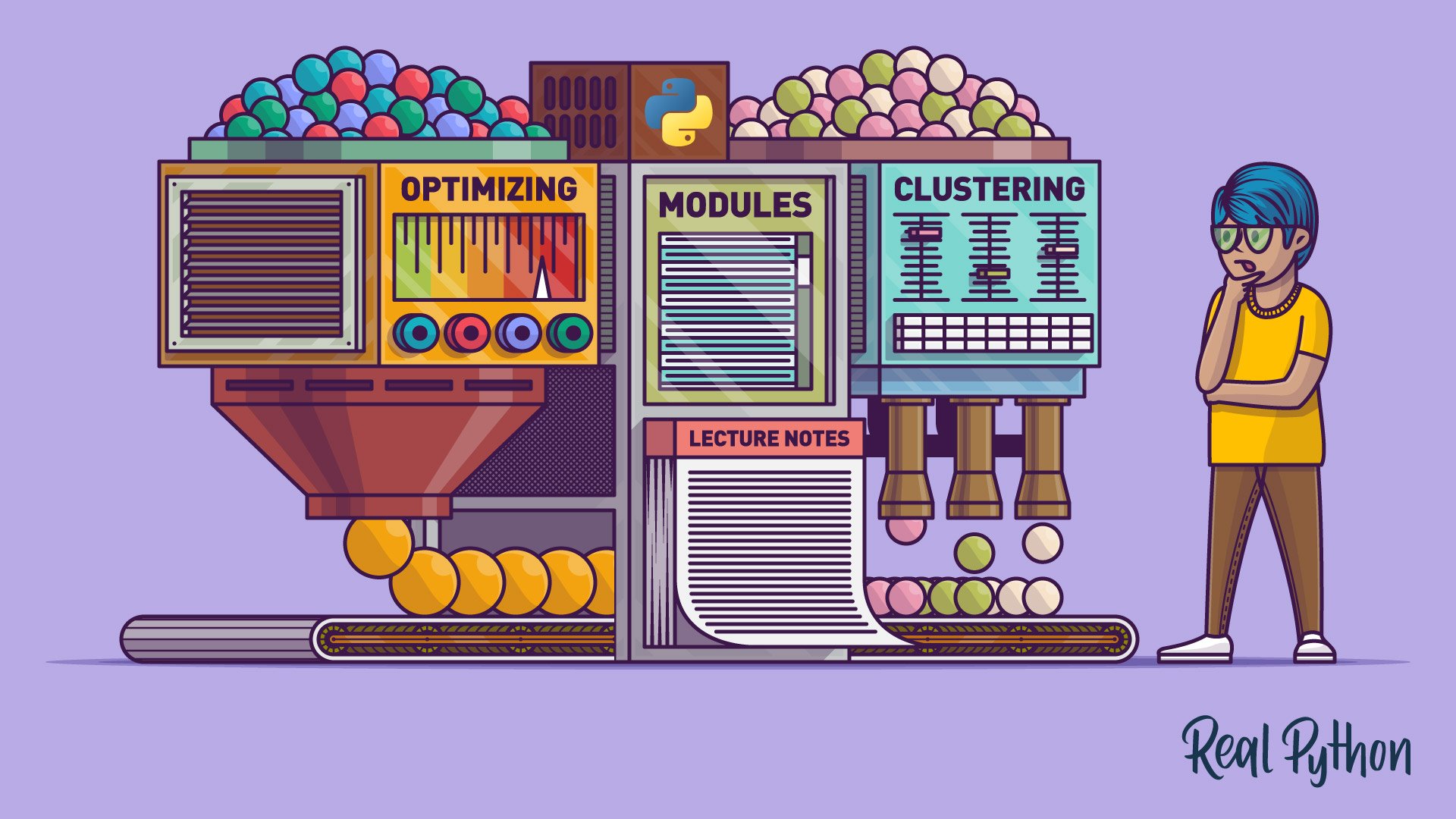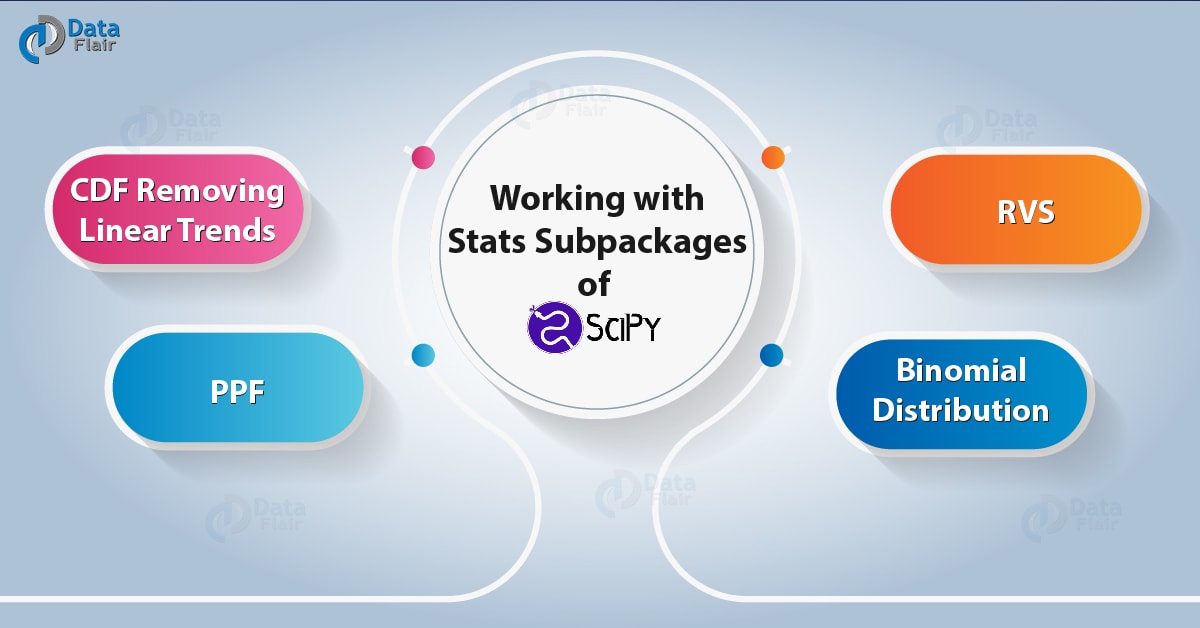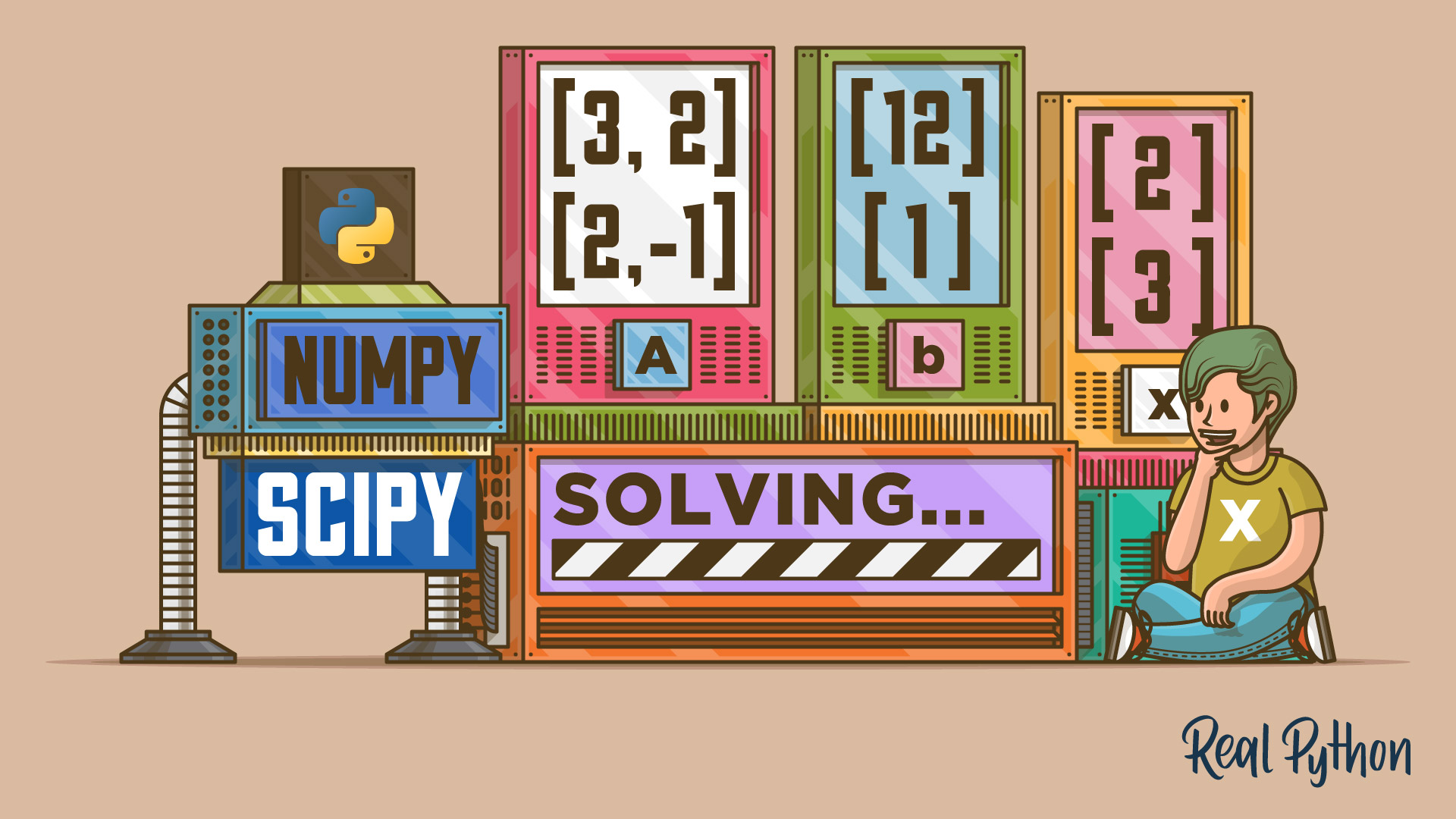

However, as we are setting out to do some signal processing in time domain, we define only TimeSamples, MicGeom, RectGrid and SteeringVector objects but no PowerSpectra or BeamformerBase. To continue, we do the same set up as in Part 1.

This is somewhat similar to taking an acoustic photograph of some sound sources. The focus of the processing is on the construction of a map of acoustic sources. Acoular is a Python library that processes multichannel data (up to a few hundred channels) from acoustic measurements with a microphone array. It assumes that you already have read the first two posts and continues by explaining additional concepts to be used with time domain methods.

This is the third and final in a series of three blog posts about the basic use of Acoular. Acoular 05:00:00 Getting started with Acoular - Part 3


 0 kommentar(er)
0 kommentar(er)
